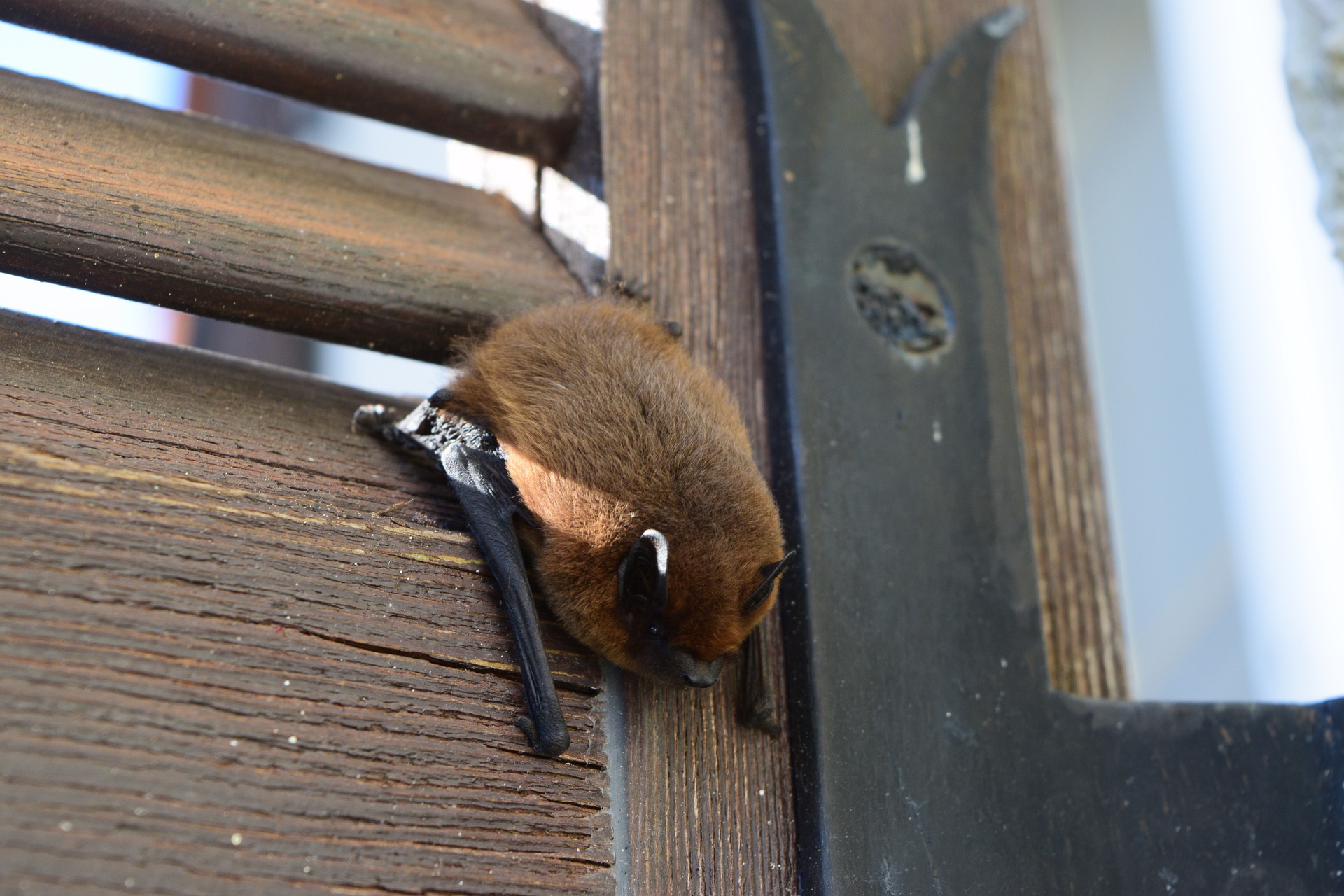The purpose of the Rabies Control Program is to conduct investigation and proper follow up for reported animal exposures and promote awareness of rabies prevention methods.
Resources:
Rabies FAQ
Rabies is a preventable viral disease of humans and mammals that is most often spread to people and pets if they are bitten or scratched by a rabid animal. The rabies virus infects the central nervous symptom and is almost always fatal in humans.
Rabies transmission is preventable!
-
Follow vaccination recommendations for domestic animals. Keep your cat, dog, and/or ferret up to date on their rabies vaccine.
-
Avoid contact with wildlife.
-
Avoid contact with unknown domestic animals.
-
Prompt recognition and reporting of potential exposures to Local Public Health or Animal Control.
Domestic Animal Signs:
-
Fearfulness
-
Sluggish
-
Confused
-
Aggression
-
Excessive drooling
-
Difficulty swallowing
-
Staggering
-
Seizures
Wild Animal Signs:
-
Any of the domestic animal signs
-
Unusual behavior
-
Lose fear of humans
-
A bite (penetration of the skin by teeth) from a known or suspect rabid animal.
-
Scratches, open wounds or mucous membranes contaminated with saliva of infected animal.
-
Special considerations for bats, see “Was I exposed to Rabies by a Bat?”
-
If you are seeking medical attention:
-
The healthcare provider will fill out a bite report form and send it to the Health Department. An Animal Control Officer or the Health Department will contact with you to obtain information on the incident and provide details on proper follow-up.
-
-
Not seeking medical attention:
-
Fill out and send a Bite Report Form to the Health Department
-
-
Healthy dogs, cats and ferrets that bite or scratch another person will be quarantined and observed for 10 days following the guidance of an Animal Control Officer.
-
If the animal is not up-to-date on rabies vaccination, vaccinate the animal within five days following the end of the quarantine period. Do not vaccinate the animal during the 10-day quarantine.
-
Do not depose of the animal on your own accord. Doing so may prevent the ability to submit the animal for rabies testing. Subsequently, the rabies status of the animal is unknown and the victim(s) who were bitten by the animal will be recommended to receive rabies post-exposure prophylaxis (PEP). Individuals bitten will be responsible for the financial cost of rabies PEP. On average, rabies PEP can cost anywhere between $5,000 to 10,000 per person.
Bites/Exposures from Wild Animals
-
Each bite is taken case by case involving Animal Control Officers and Local Public Health.
-
If able, keep the animal in a secure area to prevent escape until further instructions.
-
The animal, if available, will need to be collected to test the animal brain for rabies. If the exposure involves a bat, please follow the Instructions for Catching/Euthanizing a Bat.
In the vast majority of instances, rabies PEP can wait:
-
PEP may be unnecessary if the animal is successfully located and quarantined (only applies to dogs, cats and ferrets)
-
Waiting before administering PEP gives public health and the animal control officers time to locate the animal (in cases of strays) or test other animals.
-
Rabies PEP is an expensive series entailing the administration of immunoglobulin (antibodies to give you immediate protection) and four or five doses of the rabies vaccine. It is a medical urgency, not emergency. As such, it is OK to wait for recommendations from Local Public Health.
-
Wild animal to domestic animal exposures should also be reported to the Health Department.
-
Examples may include a cat that catches a bat, a dog attacking a skunk, etc.
-
When reported, each situation is carefully evaluated by Animal Control Officers and Local Public Health. Assessment includes severity of exposure, vaccine status of the domestic animal, and local rabies epidemiology.
-
The Health Department also reports these types of exposures to the Montana Department of Livestock.
-
If able, keep the potential rabid animal in a secure area to prevent escape until further instructions can be provided by the Animal Control Officer or the Health Department. If the animal needs to be euthanized to send for rabies testing, it is important that the head be intact and not damaged.
-
Euthanized specimens need to be kept in a refrigerator (not the freezer!) until it can be submitted for rabies testing.

Please remember, leave all bats alone unless you have been bitten or scratched by a bat.
Location
Kalispell, MT 59901
1035 1st Ave W
Kalispell, MT 59901
Contact Us
406-751-8117